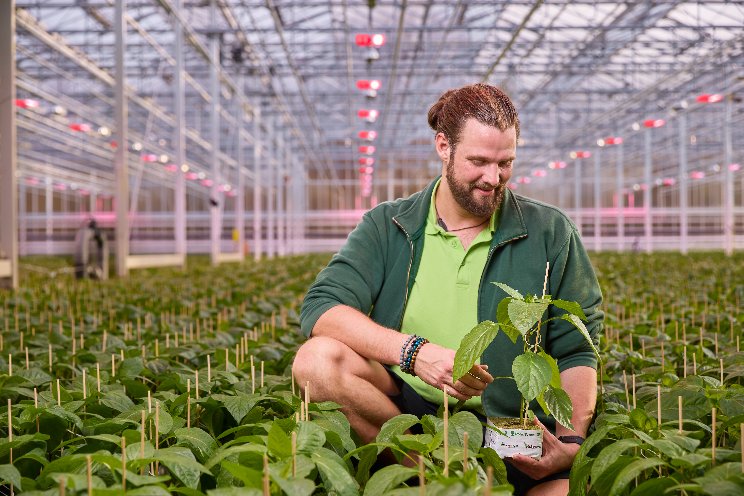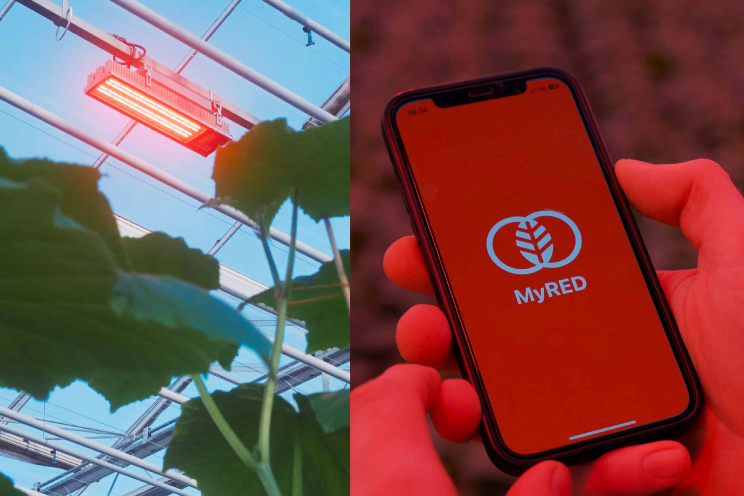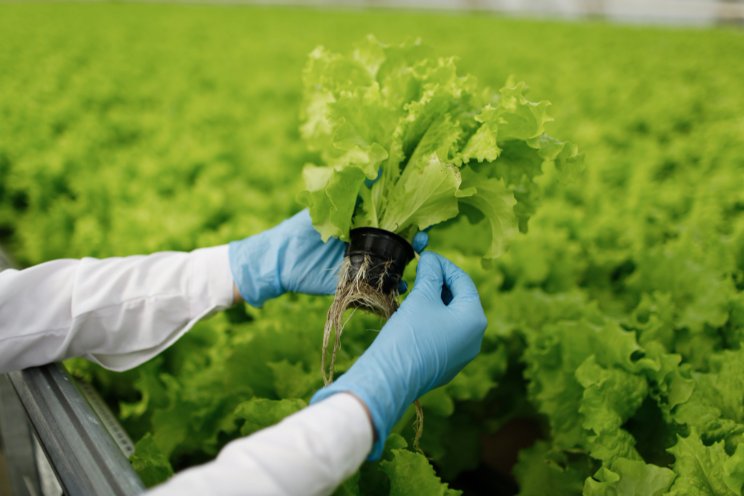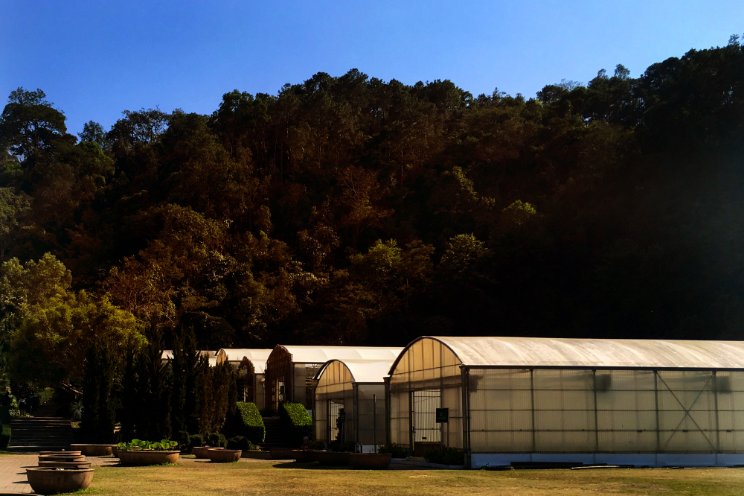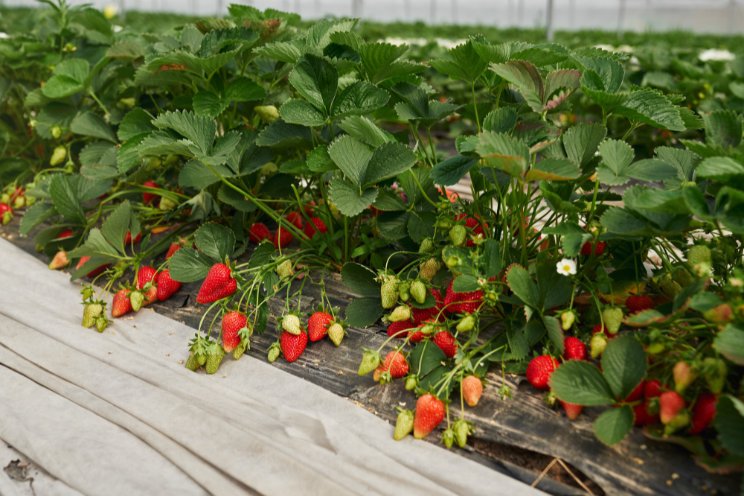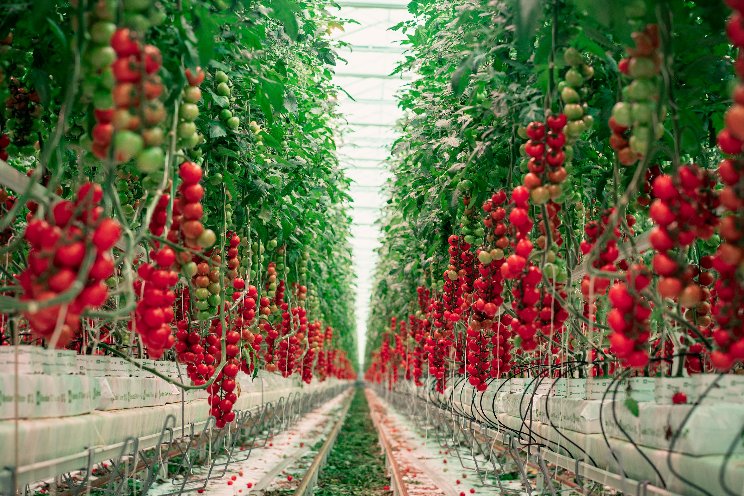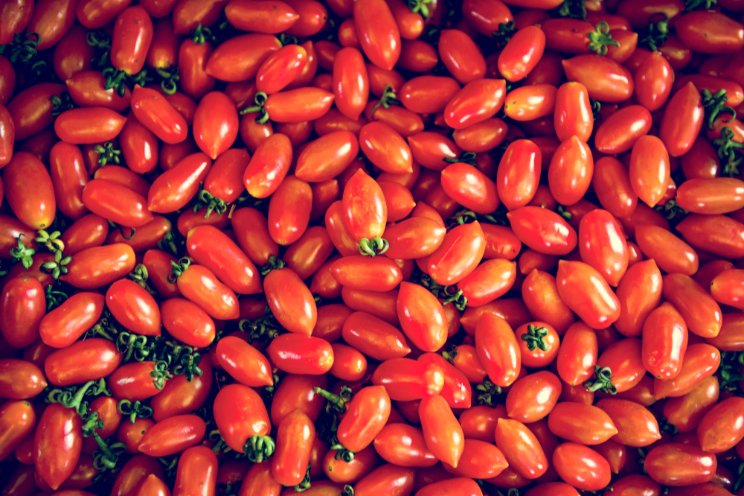Biological spider mite control in strawberries
Added on 24 April 2023

Spider mite usually start to emerge in the crop during warm dry conditions. A sap-sucking pest, it causes patches of yellow dots to appear on leaves.
Californicus-Breeding-System
As a first measure, Eline recommends hanging Californicus-Breeding-System sachets in the crop soon after the plants arrive – when plants are still just 10 to 15cm in size. “The typical introduction rate is 1 or 2 sachets per running metre,” she explains. “We advise hanging an extra sachet at poles and pathways, as these are typically places from where spider mites emerge. Amblyseius californicus continues to multiply well in cooler conditions.”
Long-term effect
“Early in the season prey is sparse. However, this is not a problem for these predatory mites as the sachets contain appropriate nutrition - enabling them to continuously emerge and disperse into the crop. Here they form a preventative ‘standing army’- ready to fight any spider mites that appear. This system provides a well-balanced long-term effect.”
Phytoseiulus-System
“If growers observe an increase in spider mite pressure, it is time to introduce Phytoseiulus persimilis - a truly curative beneficial,” continues Eline. “Phytoseiulus-System cleans up spider mite hotspots in just a couple of days, without the need for chemical corrections.”
“Together, this combination of preventative and curative measures has become the most efficient biological strategy against spider mites - it just works.”
Curious to the possibilities for your crop? Contact your Biobest advisor for more information.
More news
